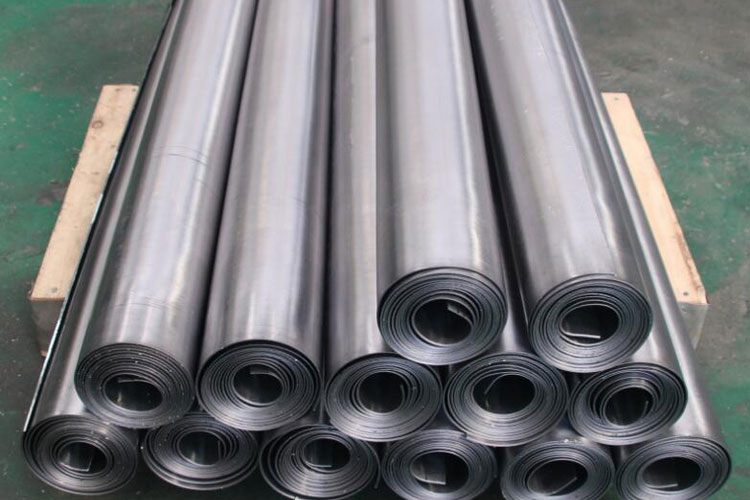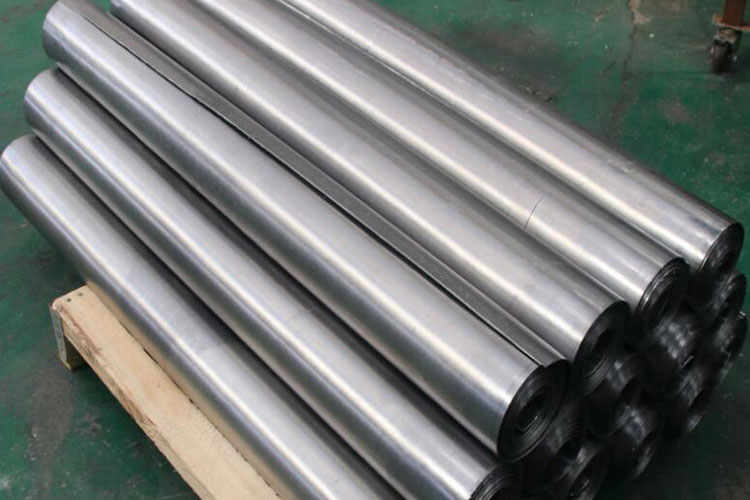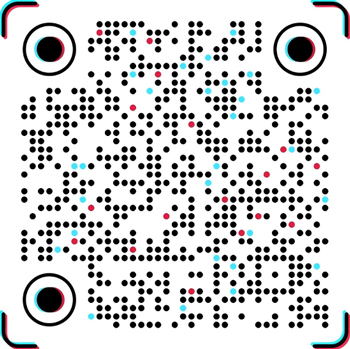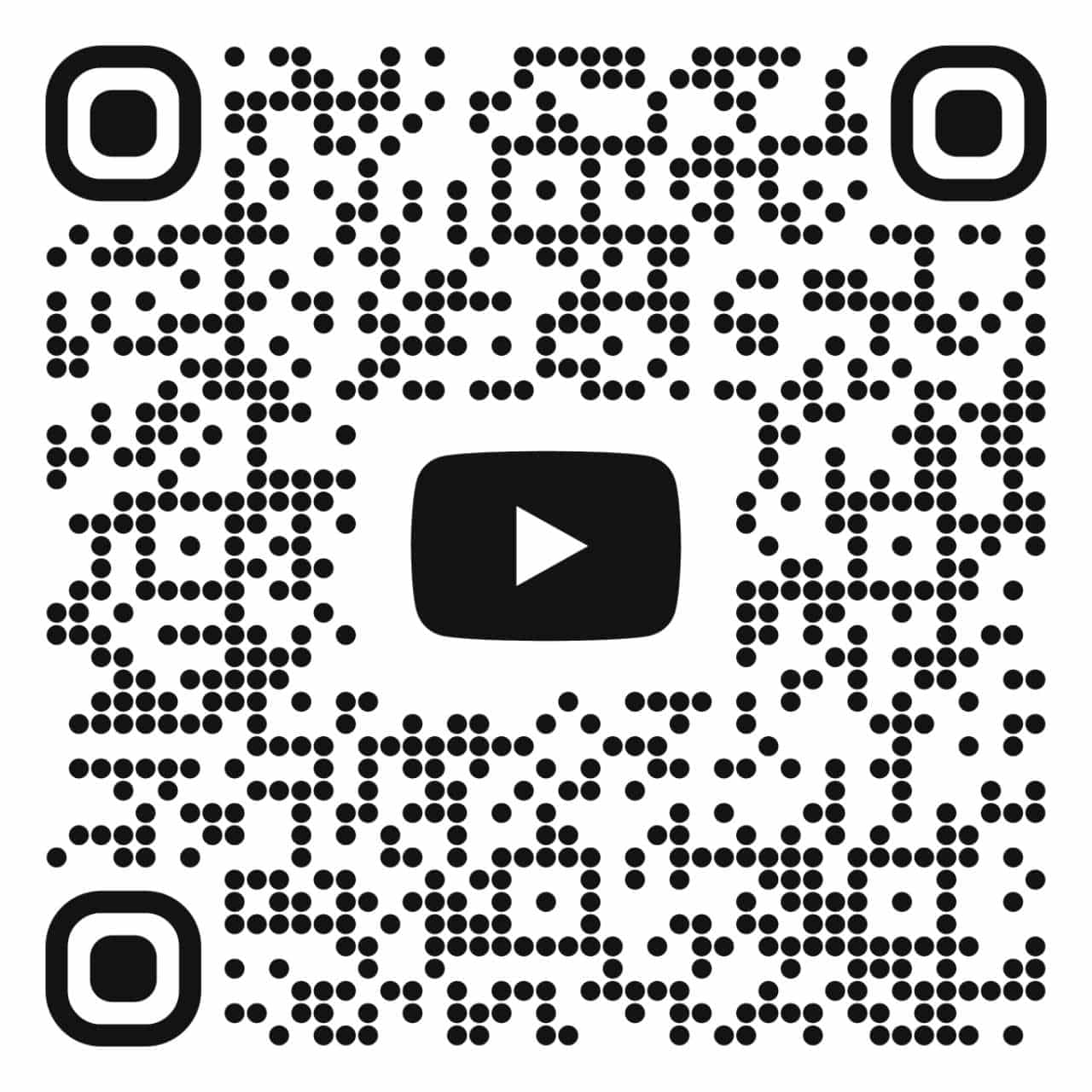The quality of protective lead sheeting is crucial! Four authoritative testing methods ensure your radiation safety.
The quality of protective lead sheeting is crucial! Four authoritative testing methods ensure your radiation safety.
In radiation protection projects, the quality of protective lead sheeting is directly related to personnel safety and environmental health. How can we ensure that the lead sheet you use is flawless and its protective performance is flawless? As a professional radiation protection engineering company in Shandong Province, Shandong Qite Radiation Protection Engineering Co., Ltd. understands that quality is the lifeblood of our company. We employ four internationally recognized authoritative testing methods to ensure that every piece of lead sheet meets the highest protection standards.
1. Ultrasonic Testing: Precisely Locate Internal Defects
When ultrasonic waves propagate through a uniform lead sheet, they reflect at the interface when encountering internal defects (such as bubbles and inclusions). By analyzing these reflected waves, our technicians can sensitively locate the exact location of the defect. This method is suitable for testing lead sheeting of any thickness and provides a high level of early warning of potential internal risks, making it a primary step in our internal quality inspection.
2. Radiographic Testing: Clearly Demonstrating Internal Structures
Radiations (including X-rays and gamma rays) have the property of penetrating and attenuating matter. We utilize this principle to perform "X-ray" photography of lead sheets, clearly revealing their internal structure. This method effectively detects defects such as cracks, lack of penetration, pores, and slag inclusions within the sheet. The intuitive imaging provides the most direct basis for assessing the sheet's internal quality.
III. Penetrant Testing: Insight into Subtle Surface Defects
For surface defects such as tiny cracks and pinholes on the lead sheet, we utilize high-precision penetrant testing. By applying a highly penetrating coloring or fluorescent liquid, the defects become clearly visible under the developer. This method comprehensively inspects the surface quality of the lead sheet, ensuring that no defects are visible to the naked eye, making it a crucial tool for ensuring the integrity of the sheet's surface.
IV. Magnetic Testing: Ensuring the Quality of Magnetic-Related Components
Although lead sheet itself is non-magnetic, it is often used in conjunction with magnetic metal components in complete systems such as radiation protection doors and windows. Our magnetic testing primarily targets these critical magnetic metal components. By magnetizing and observing the distribution of magnetic particles on their surfaces, we can quickly and intuitively identify surface and near-surface defects, ensuring the robustness and reliability of every component of the entire protection system.
Choosing Qite means choosing peace of mind.
At Shandong Qite Radiation Protection Engineering Co., Ltd., we firmly believe that "quality begins with testing, and safety begins with details." We not only provide high-quality protective lead sheet and products, but also establish a rigorous quality inspection system from raw materials to finished products. These four major testing methods work together to form a "firewall" of product quality, ensuring that every product delivered to you is of superior performance, safety, and reliability.
If you have any questions regarding radiation protection, lead sheet procurement, or project implementation, please feel free to contact Shandong Qite. We will provide you with the most professional technical consultation and solutions.








